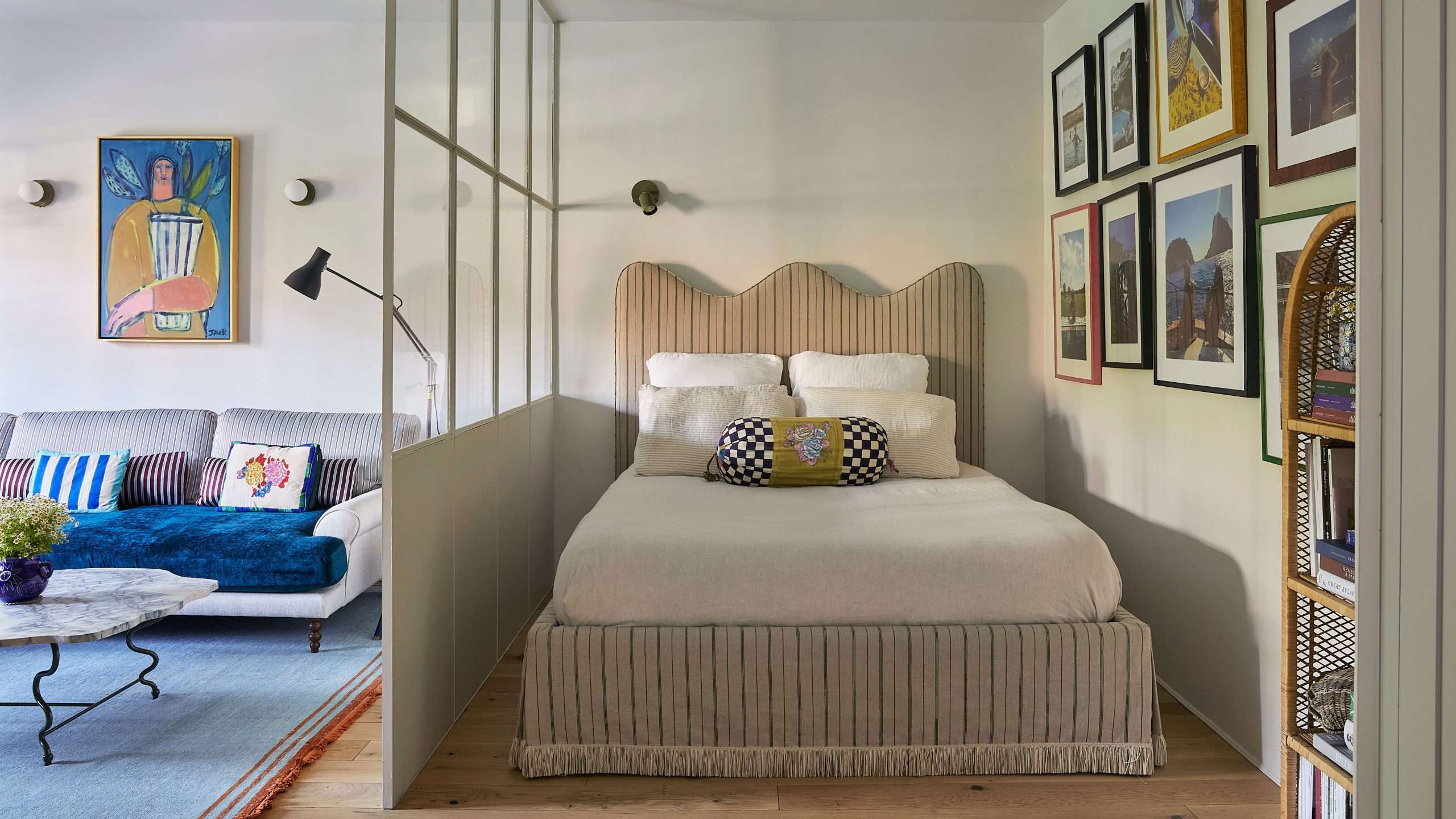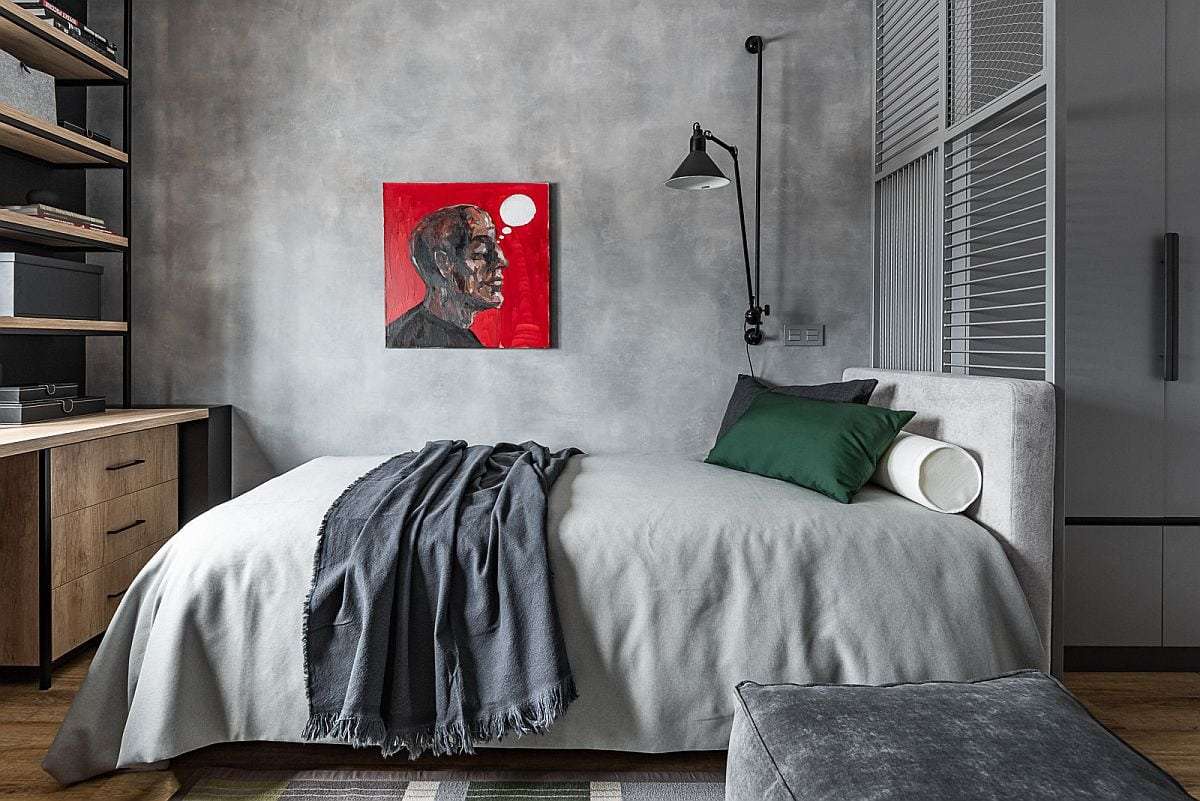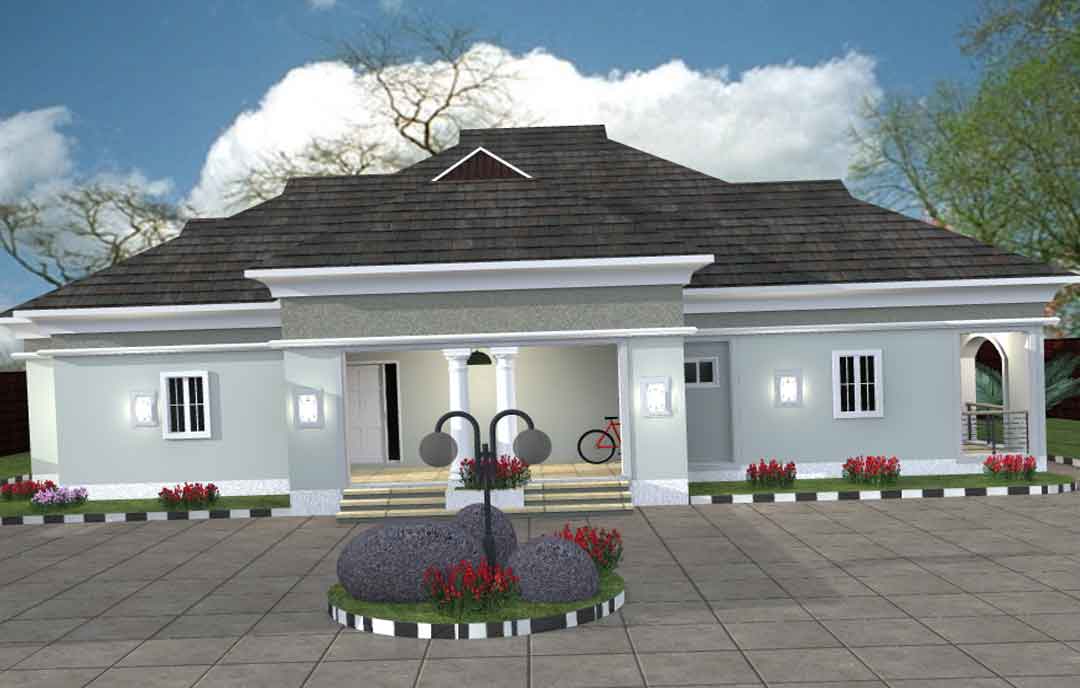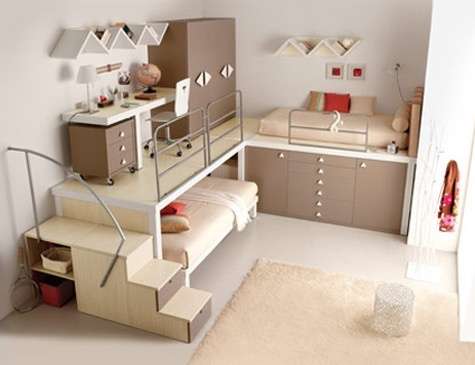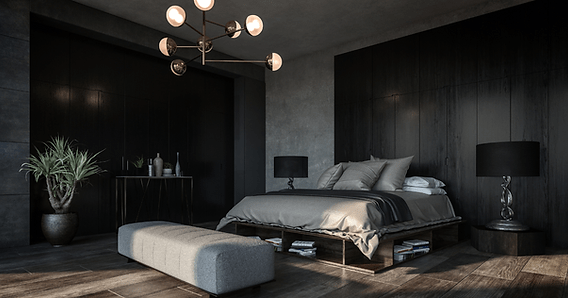Creating a luxurious and relaxing master bedroom in a small space might seem impossible, but with clever planning and a few design tricks, it’s absolutely achievable. The key is to maximize functionality without sacrificing style and comfort. From space-saving furniture to strategic color palettes and clever storage solutions, there are numerous ways to transform a cramped room into a serene and stylish sanctuary. This article explores some innovative master bedroom design ideas for small spaces, helping you make the most of every square inch. Ultimately, the goal is to create a comfortable and appealing retreat that reflects your personal style while addressing the limitations of a smaller footprint.
Maximizing Space with Smart Furniture Choices
One of the biggest challenges in a small master bedroom is fitting in all the necessary furniture without making the space feel cluttered. Here are some furniture choices that can help maximize space:
- Platform Beds with Storage: These beds eliminate the need for a separate bed frame and often include built-in drawers for storing bedding, clothing, or other essentials.
- Wall-Mounted Nightstands: By floating your nightstands, you free up valuable floor space and create a more open feel.
- Multi-Functional Furniture: Consider an ottoman with hidden storage or a dressing table that can also serve as a desk.
- Tall, Narrow Dressers: Vertical storage is your friend! Opt for dressers that maximize height rather than width.
Color Palette and Lighting Strategies
The colors you choose for your small master bedroom can significantly impact how spacious it feels. Lighter colors tend to reflect more light, making the room appear larger and airier.
Choosing the Right Colors
- Light and Neutral Tones: Whites, creams, grays, and light blues are excellent choices for walls and larger furniture pieces.
- Accent Colors: Introduce pops of color through accessories like throw pillows, artwork, or a rug. Avoid overwhelming the space with too many bold hues.
- Monochromatic Schemes: Using varying shades of the same color can create a cohesive and calming atmosphere.
Strategic Lighting Techniques
Good lighting is crucial in any room, but especially in a small space. Layered lighting can create depth and dimension.
- Natural Light: Maximize natural light by keeping windows uncovered or using sheer curtains.
- Ambient Lighting: Use overhead lighting, such as a flush-mount fixture or recessed lights, to provide general illumination.
- Task Lighting: Add bedside lamps for reading or a desk lamp for working.
- Accent Lighting: Use wall sconces or picture lights to highlight artwork or architectural features.
Decluttering and Organization is Key
Even with the best furniture and color scheme, a cluttered room will always feel small. Regular decluttering and smart organization are essential for making the most of your space.
Tips for Staying Organized
- Regularly Declutter: Get rid of anything you don’t need or use.
- Utilize Vertical Space: Install shelves or wall-mounted organizers to store items off the floor.
- Under-Bed Storage: Use storage bins or containers to store items under your bed.
- Maximize Closet Space: Install closet organizers, shelves, and hanging rods to maximize your closet’s capacity.
Comparative Table: Space-Saving Bed Options
| Bed Type | Pros | Cons |
|---|---|---|
| Platform Bed with Storage | Built-in storage, eliminates the need for a bed frame, modern look. | Can be lower to the ground, may not be suitable for those with mobility issues. |
| Murphy Bed | Folds away when not in use, maximizes floor space. | Requires professional installation, can be expensive. |
| Daybed | Serves as both a bed and a seating area, versatile. | May not be as comfortable as a traditional bed for sleeping every night. |
ADDING PERSONAL TOUCHES AND ENHANCING COMFORT
While functionality and space optimization are paramount, creating a master bedroom that truly feels like your own requires incorporating personal touches and prioritizing comfort. These elements transform a functional space into a relaxing and inviting sanctuary.
TEXTILES AND SOFT FURNISHINGS
The selection of textiles plays a crucial role in the overall comfort and aesthetic of the room.
– Bedding: Invest in high-quality bedding made from natural materials like cotton or linen for optimal comfort.
– Rugs: A well-placed rug can define the space and add warmth underfoot. Consider a rug that extends beyond the edges of the bed.
– Curtains: Choose curtains that complement the color scheme and provide privacy and light control. Blackout curtains can be beneficial for a better night’s sleep.
– Throw Pillows and Blankets: Add layers of texture and color with throw pillows and blankets. These can be easily swapped out to change the look of the room seasonally.
ARTWORK AND ACCESSORIES
Personalize the space with artwork and accessories that reflect your interests and style.
– Artwork: Choose pieces that you love and that complement the color scheme of the room. Consider a gallery wall with smaller prints or a single statement piece.
– Mirrors: Strategically placed mirrors can reflect light and create the illusion of more space.
– Plants: Add a touch of nature with potted plants. Plants can improve air quality and create a more relaxing atmosphere.
– Personal Items: Display personal items like photographs, books, or souvenirs to create a space that feels uniquely yours.
CREATING A RELAXING ATMOSPHERE
Transform your master bedroom into a haven of relaxation with these simple additions.
– Scent: Use essential oil diffusers, scented candles, or room sprays to create a calming and inviting scent. Lavender, chamomile, and sandalwood are known for their relaxing properties.
– Sound: Consider adding a sound machine or playing relaxing music to block out unwanted noise and create a more peaceful environment.
– Temperature: Maintain a comfortable temperature in the room. Use a fan or air conditioner to regulate the temperature as needed.
– Minimize Technology: Reduce the use of electronic devices in the bedroom to promote better sleep.
ADDRESSING SPECIFIC CHALLENGES IN SMALL MASTER BEDROOMS
Small master bedrooms often present unique challenges that require tailored solutions. For example, dealing with awkward layouts or limited natural light requires careful consideration and creative problem-solving.
DEALING WITH AWKWARD LAYOUTS
If your master bedroom has an awkward layout, such as a slanted ceiling or an unusual shape, it can be challenging to arrange furniture effectively. Consider custom-built furniture or unconventional furniture placement to maximize space and functionality.
MAXIMIZING LIMITED NATURAL LIGHT
If your master bedroom has limited natural light, use mirrors to reflect light and brighten the space. Choose light-colored paint for the walls and use sheer curtains to maximize the amount of natural light that enters the room. Artificial lighting can also be used to supplement natural light.
ADDRESSING STORAGE CONSTRAINTS
Limited storage space is a common challenge in small master bedrooms. Maximize storage by utilizing vertical space, using under-bed storage, and installing closet organizers. Consider using a dresser with multiple drawers or a wardrobe with built-in shelves to maximize storage capacity.
